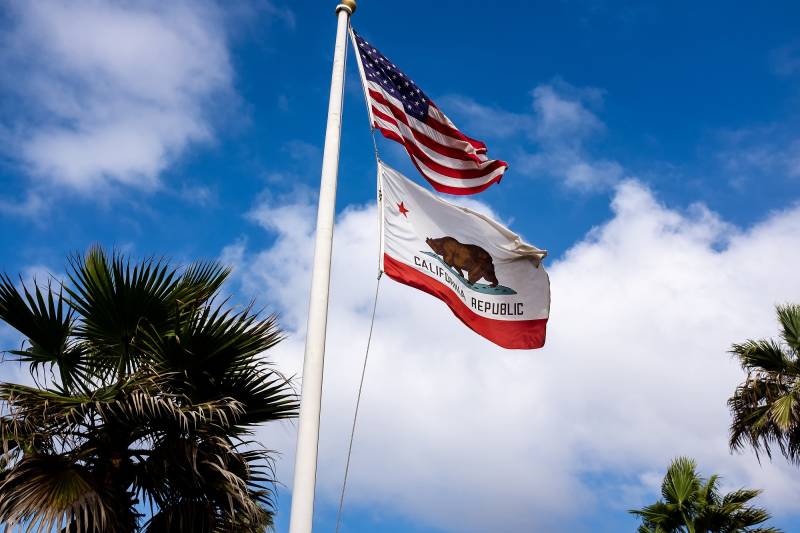Grose said the online poll found excitement among Democrats, partly because of Vice President Kamala Harris’ late entry into the presidential race. Harris is outperforming many of the Democratic congressional candidates in their districts, while nearly all the GOP candidates are outperforming former President and GOP nominee Donald Trump as well as U.S. Senate candidate Steve Garvey, a Republican.
“So there is a chance of the Democratic wave election where new voters show up to vote for Harris and then cast down-ballot votes for Democrats. And we do see new voters in most of these districts who did not vote in the 2022 election, or people who voted in presidential years but didn’t vote two years ago—they’re more likely to vote for the Democrat,” he said.
But, Grose cautioned — the fact that Republican candidates are largely outperforming the top of the ticket should also give Democrats pause.
“There’s a lot of resilience among the incumbent Republican candidates,” he said. “So I do think some of the California House Republicans will potentially be able to stop [a blue] wave if there is a wave.”
Among the poll’s findings:
- In the Orange County and Los Angeles county races, the undecided voters say they are most likely to vote for a Democrat, and Democrats are more enthusiastic about the election than Republicans, the poll found.
- In the one open congressional race, CD47, Democrat Dave Min is down by 3.7 points against Republican Scott Baugh — but Grose said Democrats are more enthusiastic than GOP voters, giving Min a potential opening. Min could be hurt, however, by his 2023 DUI arrest and conviction, which poll respondents brought up most frequently when asked to choose a word to describe Min.
- The evenly tied district is CD41, where Republican Rep. Ken Calvert faces a rematch against Democrat Will Rollins in the Inland Empire. But Grose said undecided likely voters, when pushed, said they were more likely to vote for the GOP candidate — meaning that Rollins may need to do more persuasion of centrist and Republican-leaning voters to pull out a win.
- In both Central Valley districts, there are a large number of undecided voters and they say they lean Republican. Grose said that means the Democratic challengers — Adam Gray in CD13 and Rudy Salas in CD22 — need to excite voters who may not always come out, including young voters, Latinos and lower-income people. Republicans incumbents John Duarte in CD13 and David Valadao in CD22 will need to turn out white voters, older voters and men to pull out a win, Grose said.
The poll was conducted online between Sept. 14 and 21 among likely voters; each district was polled individually, with between 263 and 539 respondents for each district.
The margin of error ranged from 4.2% to 6.1% depending on the district.

